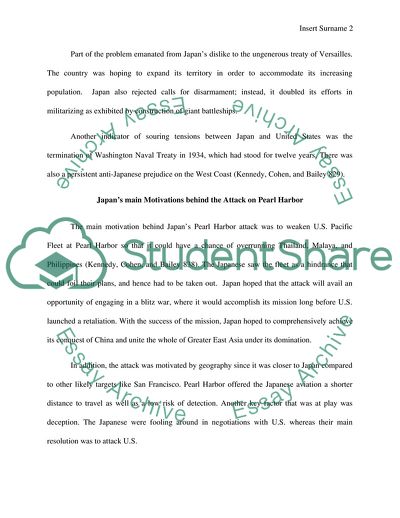Cite this document
(Tensions between Japan and the United States during the 1920s and 1930s Essay Example | Topics and Well Written Essays - 2250 words, n.d.)
Tensions between Japan and the United States during the 1920s and 1930s Essay Example | Topics and Well Written Essays - 2250 words. https://studentshare.org/history/1769120-unit-iv-exam
Tensions between Japan and the United States during the 1920s and 1930s Essay Example | Topics and Well Written Essays - 2250 words. https://studentshare.org/history/1769120-unit-iv-exam
(Tensions Between Japan and the United States During the 1920s and 1930s Essay Example | Topics and Well Written Essays - 2250 Words)
Tensions Between Japan and the United States During the 1920s and 1930s Essay Example | Topics and Well Written Essays - 2250 Words. https://studentshare.org/history/1769120-unit-iv-exam.
Tensions Between Japan and the United States During the 1920s and 1930s Essay Example | Topics and Well Written Essays - 2250 Words. https://studentshare.org/history/1769120-unit-iv-exam.
“Tensions Between Japan and the United States During the 1920s and 1930s Essay Example | Topics and Well Written Essays - 2250 Words”. https://studentshare.org/history/1769120-unit-iv-exam.


